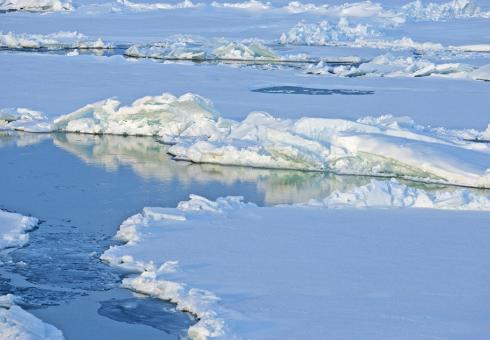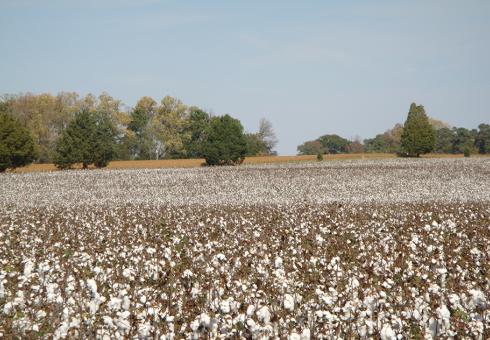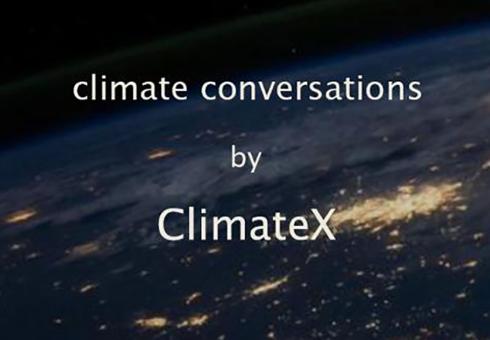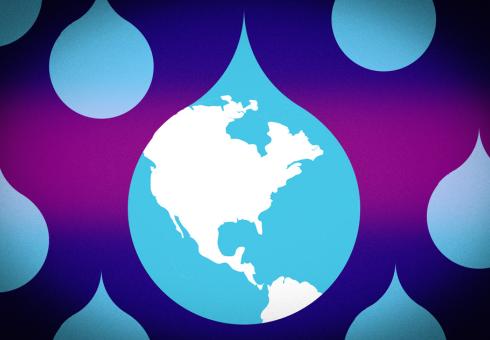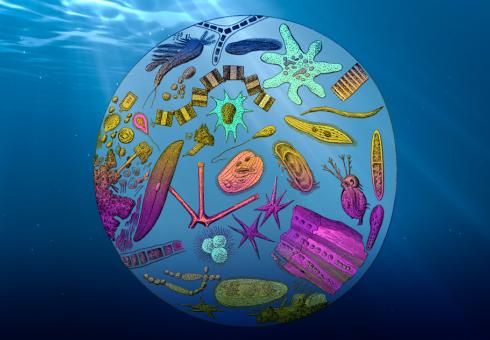News + Media
A 50-year dry spell has reversed, with more rain to come
Study highlights need to improve modeling of carbon-rich Northern Eurasia
MIT Joint Program-affiliated professor of atmospheric chemistry honored for her contributions to atmospheric science
Boston Globe: Study is one of the first to examine how the warming climate could affect the availability and distribution of the water basins that farmers depend on for irrigation (Additional coverage: KJZZ, Environmental Leader)
MIT Joint Program Co-Director John Reilly discusses the complex nature of climate modeling, and the challenges faced by the climate science community in the current political climate
By 2050, the Southwest will produce significantly less cotton and forage, researchers report
Study finds large amounts of carbon dioxide, equivalent to yearly U.K. emissions, remain in surface waters
MIT climate scientists, including EAPS Associate Professor and Joint Program collaborator MIck Follows, have found that the ocean’s export efficiency, or the fraction of total plankton growth that is sinking to its depths, is decreasing, due mainly to rising global temperatures.
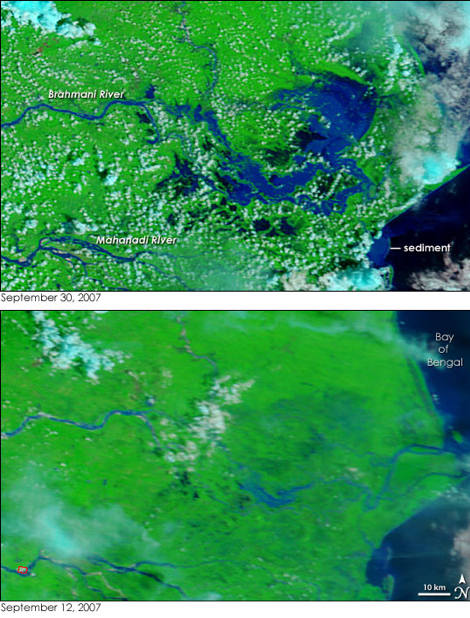
Based on global climate models and multiple hypotheses, scientists expected a 50-year drying trend to continue unabated into the 21st century, but a new study in Nature Climate Change shows that the trend has reversed.

A critical factor in projecting energy, water and land use.
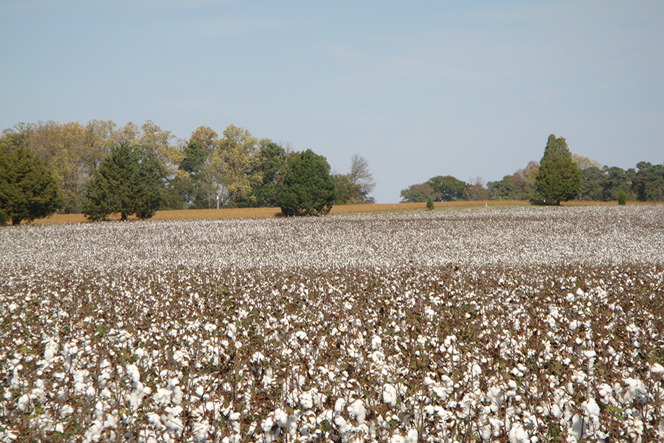
Water available for irrigation will be affected by climate and increasing demand from other sectors, with consequences for energy-water-land interactions.


